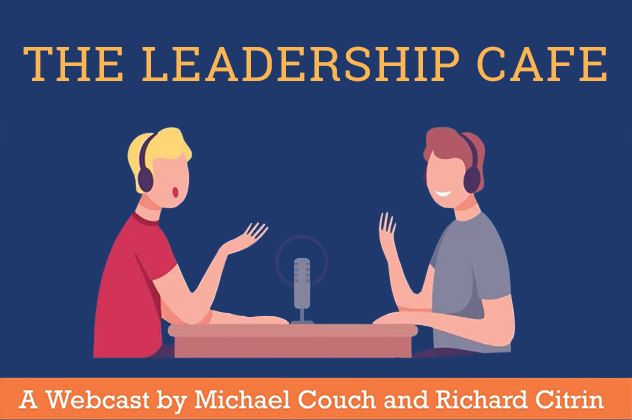I’m taking piano lessons this year. I’ve been told that I have no musical talent, which is probably true, but that should not keep me from learning piano. I was also told that I was not a dancer, but then I married a dancer who asked me to take dance lessons with her. Now I consider myself a dancer, and maybe sometime in the future, I’ll consider myself a musician.
Along with the lessons, I’m thinking about buying an online piano program that is a bit expensive, and I’m wondering if it is worth it. If I purchase the program, will I stick with it and make the cost worthwhile.
I’m going to do it, and that action creates a commitment device for me. Commitment devices help us move past our current hesitancies to see that actions today bind us to future outcomes we want to achieve.
The first great commitment device was when Odysseus of ancient Greek fame bound himself to the mast of his ship to avoid the allure of the Siren’s song, which led less wise sailors to jump overboard to their death.
We use commitment devices every day and using them on an intentional basis can help us avoid stressful situations where we may feel “bad” about not following through on personal or professional commitments.
A friend of mine used a powerful tool to help her lose 10 pounds before the summer swimsuit season. She gave $100 to a friend and told her that if she did not meet her goal within two months, her friend should donate the cash to a political candidate she reviles.
She lost the weight in 6 weeks.
Since commitment devices are voluntary, they help us align our future actions to our stated beliefs. This tool allows us to achieve goals while decreasing the angst of using “pure willpower.” It’s a powerful tool in our resilience quiver.
Some other examples of commitment devices include:
- A software program such as the Freedom app which blocks social media access for a certain period.
- Scheduling exercise routines with a buddy who you know you will not want to disappoint if you do not show up
- Having money automatically taken out of your paycheck each month for your retirement.
- Making a public statement about a goal you want to achieve.
Of course, I just made a public statement by sharing that I am taking piano lessons and aspire to call myself a musician. Oops, there I go using a commitment device. I will add a small caveat to this public statement. It did take me ten years and 300 dance classes to call myself a dancer, so please check back with me in 2032.
How can a commitment device help you achieve your goals?
© Richard Citrin 2022
